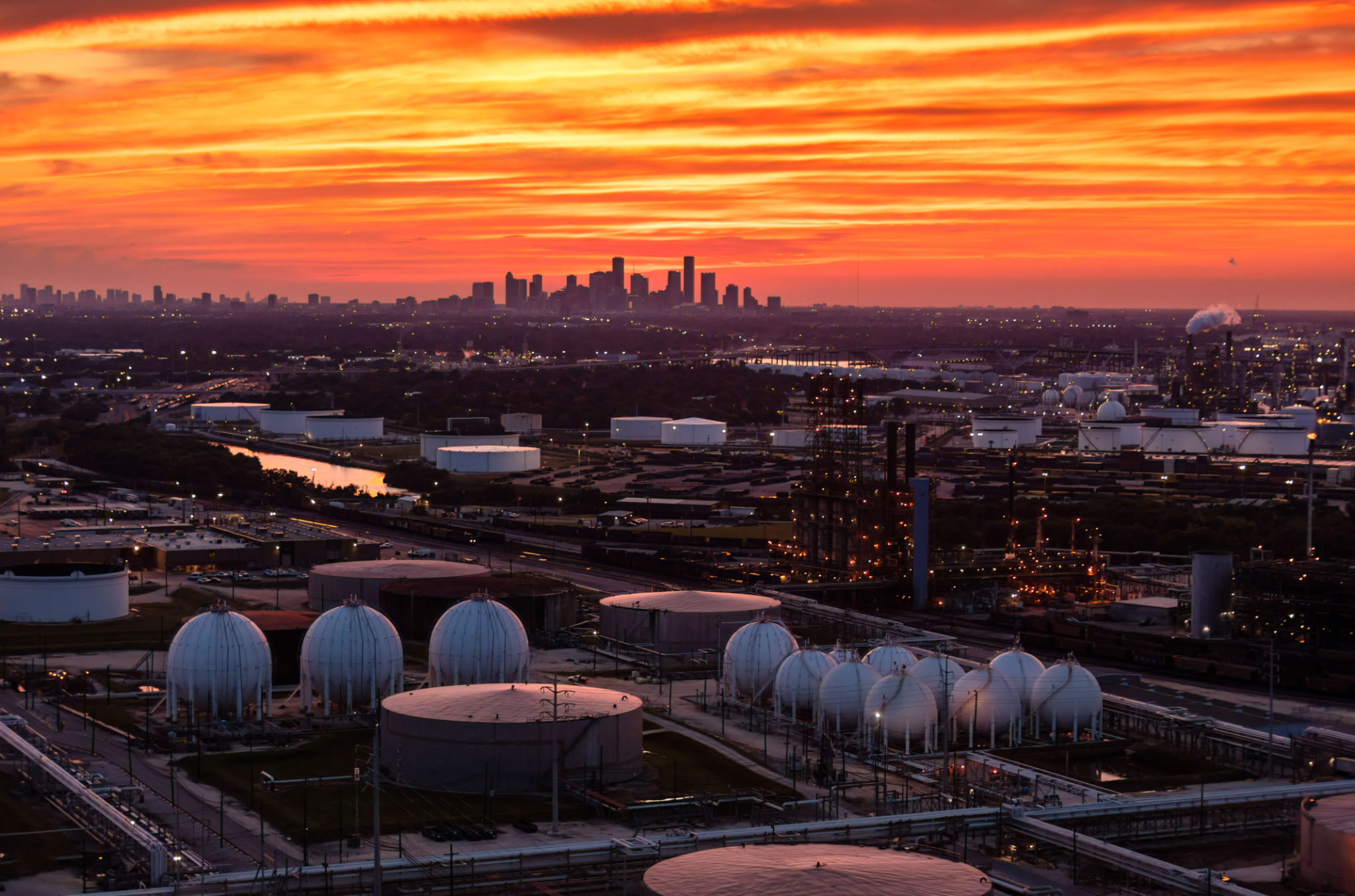The Evolution of Plastic Pipes: Innovations and Trends in the Industry
The Rise of Plastic Pipes
The development of plastic pipes has been a game-changer in the construction and plumbing industries. Over the years, these pipes have evolved from basic materials to highly sophisticated products. Initially considered a niche solution, plastic pipes have now become a staple due to their durability, cost-effectiveness, and ease of installation.

Plastic pipes first gained popularity in the mid-20th century as a lightweight alternative to traditional materials like steel and copper. Their resistance to corrosion and chemical reactions made them suitable for a wide range of applications, from residential plumbing to industrial use. Today, the versatility of plastic pipes is unmatched, with continued innovations pushing the boundaries of their potential.
Innovative Materials and Technologies
The evolution of plastic pipes is largely driven by advances in materials science. Modern pipes are made from various types of polymers, each offering unique benefits. Polyvinyl chloride (PVC), for instance, is known for its strength and affordability, while cross-linked polyethylene (PEX) provides flexibility and resistance to high temperatures.
In addition to material improvements, technological advancements have played a crucial role in enhancing the performance of plastic pipes. Manufacturing techniques like extrusion and injection molding ensure precise specifications and high-quality finishes. New technologies such as trenchless installation further reduce the environmental impact and installation time.

Trends Shaping the Future
As the industry continues to evolve, several key trends are emerging. One significant trend is the push towards sustainability. Manufacturers are increasingly using recycled materials to produce eco-friendly pipes, reducing waste and conserving resources.
Another trend is the integration of smart technology. Smart pipes equipped with sensors can monitor flow rates, detect leaks, and provide real-time data to optimize system performance. This innovation can lead to more efficient water management and reduced maintenance costs.

Increasing Demand in Various Sectors
The demand for plastic pipes is growing across different sectors, including residential, commercial, and industrial applications. In residential settings, homeowners prefer plastic pipes for their affordability and ease of maintenance. In commercial buildings, plastic piping systems offer reliability and longevity.
Industrial applications also see significant benefits from plastic pipes, especially in chemical processing plants where corrosion resistance is paramount. Agricultural sectors utilize plastic piping for irrigation systems due to their durability and adaptability to various environmental conditions.
The Impact of Regulations
Regulations play a crucial role in shaping the landscape of the plastic pipe industry. Standards set by organizations such as ASTM International ensure that products meet specific safety and performance criteria. Compliance with these standards is essential for maintaining quality across the board.
Moreover, as environmental concerns grow, regulatory bodies are imposing stricter guidelines on plastic production and disposal. This has led manufacturers to invest in greener technologies and practices, aligning with global sustainability goals.

The Road Ahead
The future of plastic pipes looks promising, with continuous innovations paving the way for more efficient and sustainable solutions. As technology advances, we can expect further enhancements in material properties, manufacturing processes, and smart capabilities.
Ultimately, the evolution of plastic pipes highlights the industry's commitment to meeting modern challenges through innovation and adaptability. As these trends continue to unfold, plastic pipes will remain an integral part of infrastructure development worldwide.